
Colonies of bacteria on a petri dish. Cocci, bacilli. Colonies of
A Princeton University team has now developed a method for observing bacteria in 3-D environments. They discovered that when the bacteria grow, their colonies consistently form fascinating rough shapes that resemble a branching head of broccoli, far more complex than what is seen in a Petri dish.

Bacterial colony Dr. Krok
The Petri dish remained almost unmodified, apart from the use of plastic, and became the most commonly used piece of microbiological equipment. Recent microbial cultivation technologies, however are starting to include highly subdivided multi-well plates and capillaries, as well as methods of sorting and counting encapsulated micro-colonies 10-11.

A petri dish with orange colonies of bacteria, the colonies of bacteria
Colony morphology is a way scientists can identify bacteria. In fact there is a book called Bergey's Manual of Determinative Bacteriology (commonly termed Bergey's Manual) that describes the majority of bacterial species identified by scientists so far.
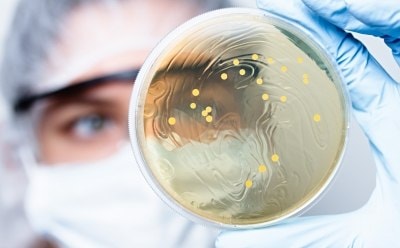
Bioburden and Aseptic Control Strategy
A scientist creates a colony of bacteria in a dish. This type of bacteria duplicates itself per minute. If at 9:00 a.m. the experiment started with a single cell and at 9:13 AM the dish was half-full, at what time will the dish be full? There are 2 steps to solve this one. Expert-verified Step 1 Given that
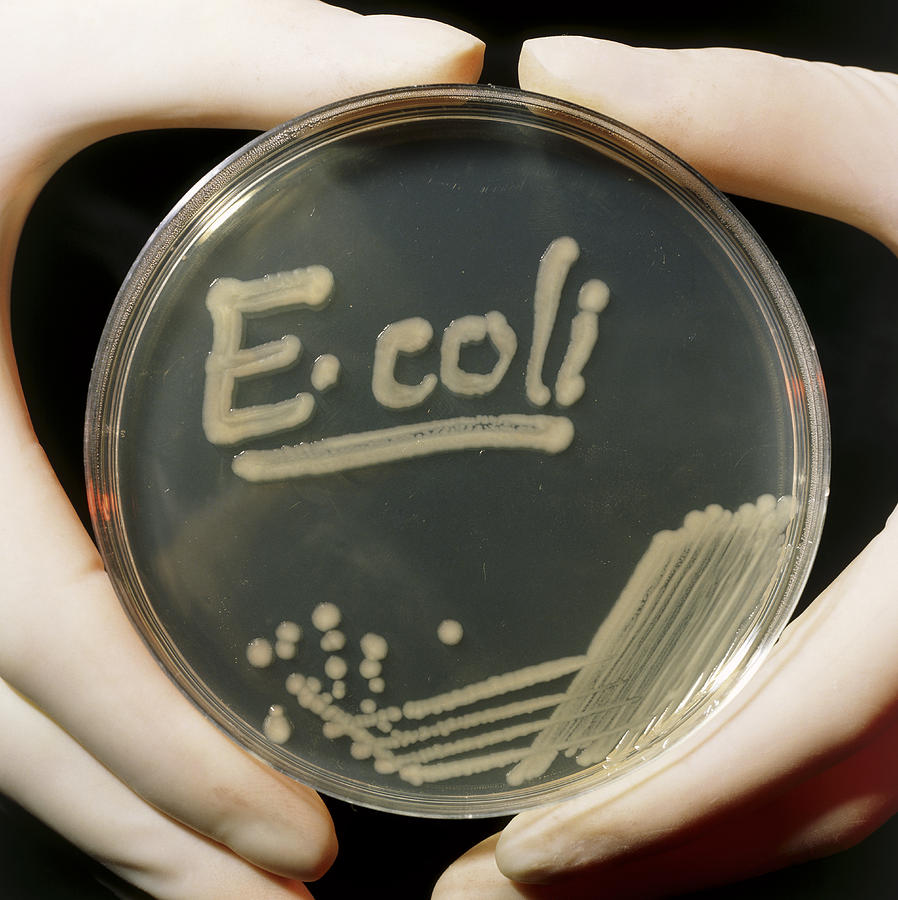
Petri Dish Culture Of E.coli Bacteria Photograph by Dr Jeremy Burgess
The Answer: The bacteria dish will be full at 09.14 AM or 1 minute after 09.13 AM. Data from The Question: Bacteria duplicates itself per minute. At 09.00 AM, the experiment started with a single cell of bacteria. At 09.13 AM, the dish was half full. The Question: At what time will the dish be complete?
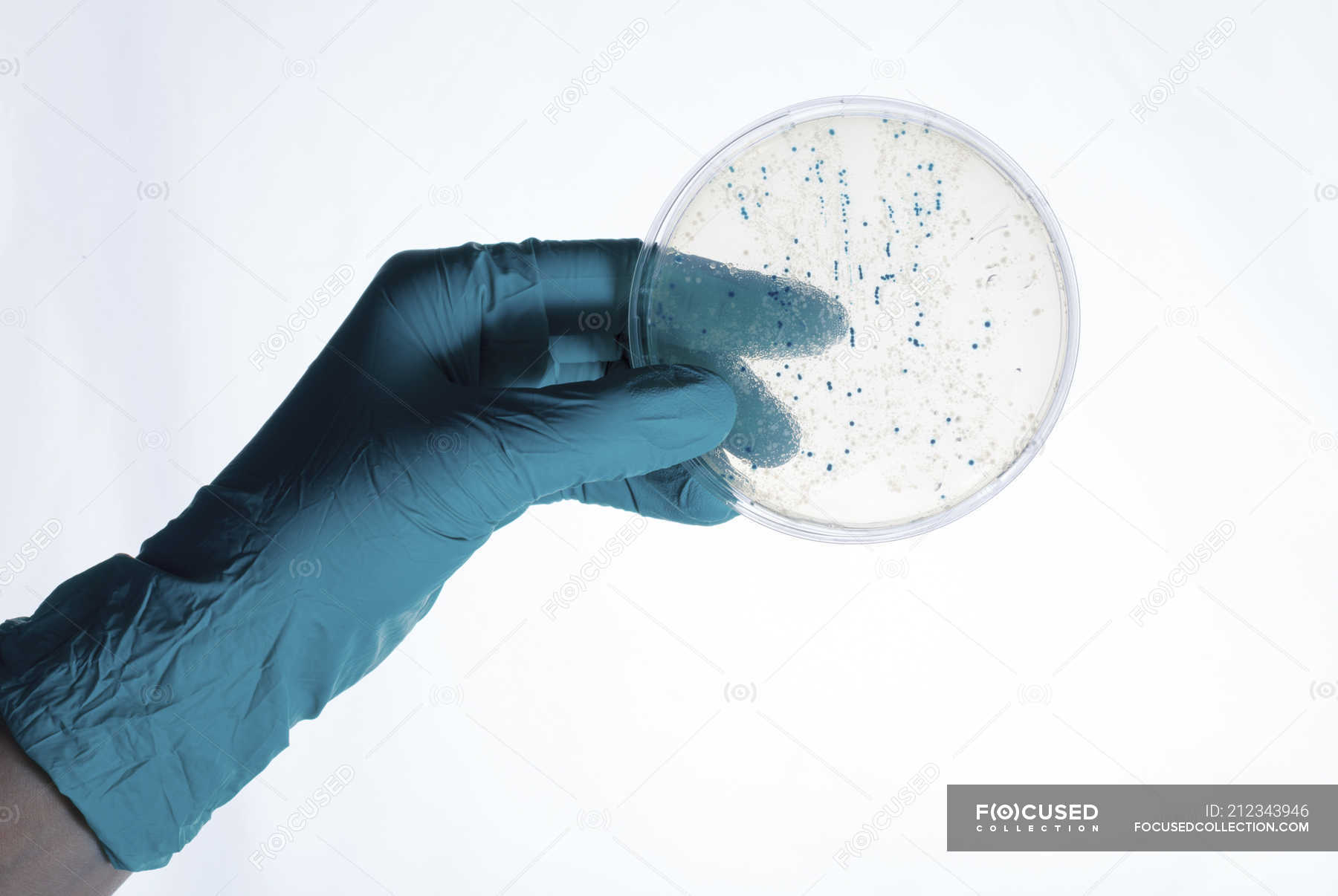
Scientist hand carrying bacteria colonies growing in Petri dish. — agar
Mutations and natural selection—two primary agents of change—work together to sculpt new genetic combinations, allowing bacteria to resist antibiotic chemicals in their environment. Now you can watch a powerful illustration of E. coli bacteria evolving antibiotic resistance in a video produced by scientists at the Harvard Medical School.
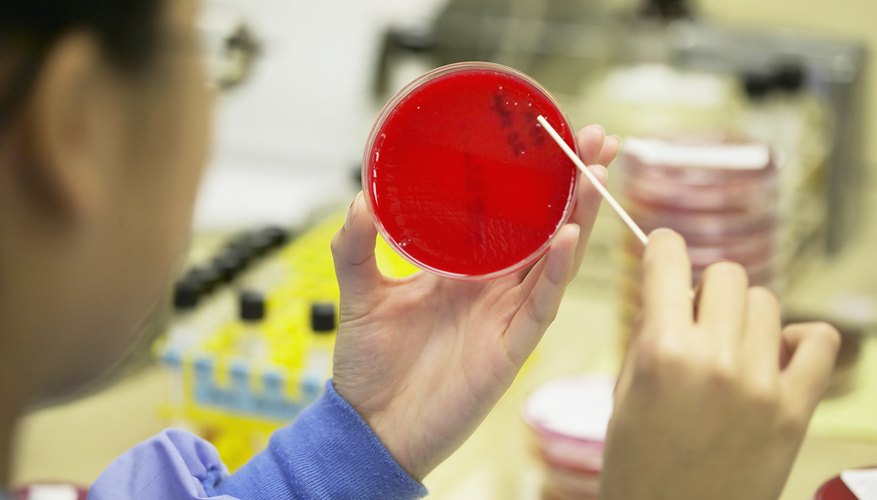
How to Measure Bacterial Growth in Petri Dishes Sciencing
11/12/2023 Biology High School verified answered • expert verified A scientist creates a colony of bacteria in a dish. This type of bacteria duplicates itself per minute. If at 9:00 a.m. A) The colony had 16 bacteria, how many bacteria will be present at 9:03 a.m.? B) The colony had 32 bacteria, how many bacteria will be present at 9:05 a.m.?
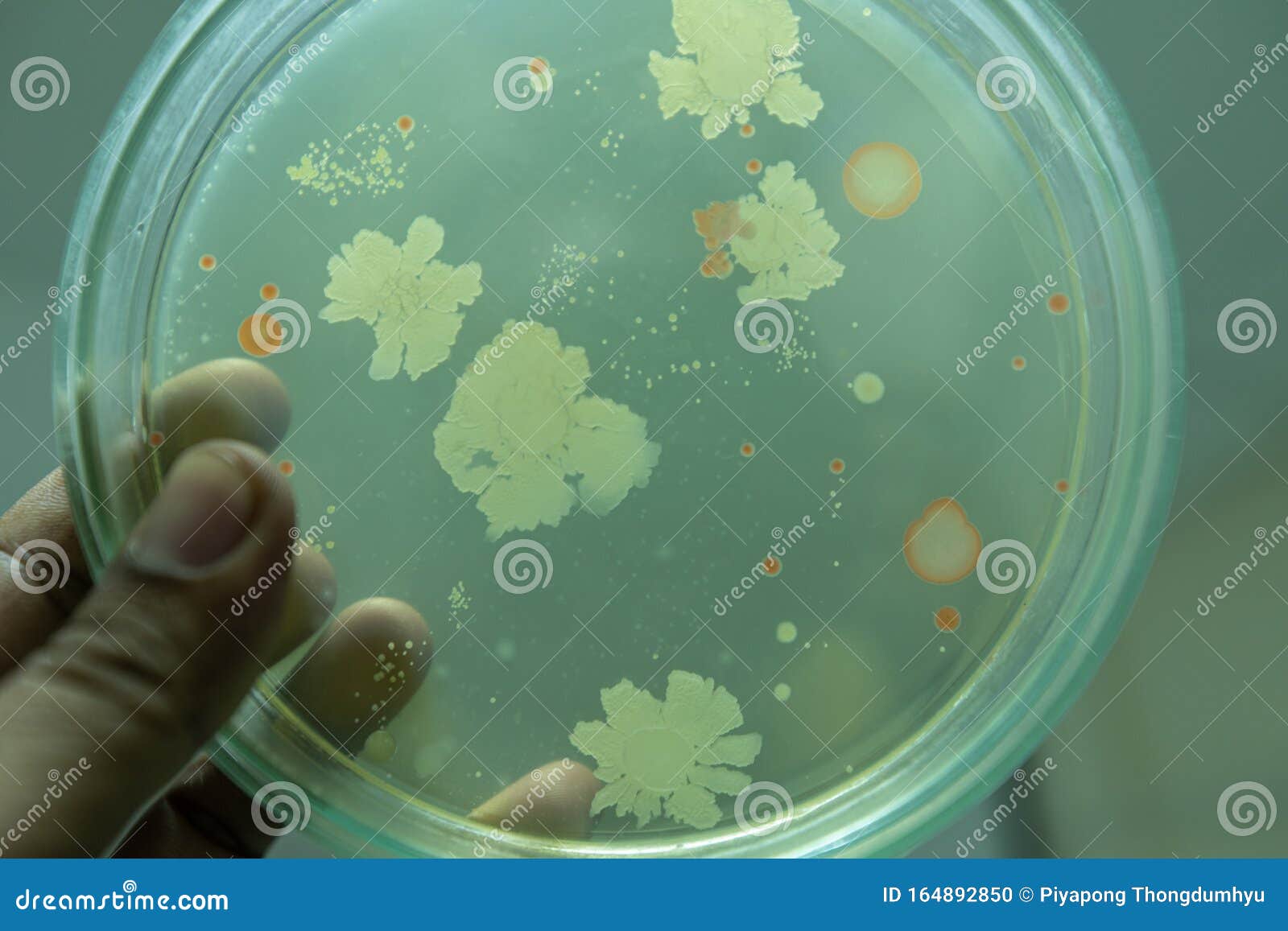
Colony Characteristics of Bacteria in Petri Dish for Education. Stock
a scientist creates a colony of bacteria in a dish ? Question. a scientist creates a colony of bacteria in a dish. in progress 0. General Harvey Short 1 year 2022-11-30T06:29:26+00:00 2022-11-30T06:29:26+00:00 1 Answer 246 views New Member 0.. scientist can grow bacteria in a petri dish. firstly, bacterial culture medium is poured in sterile.
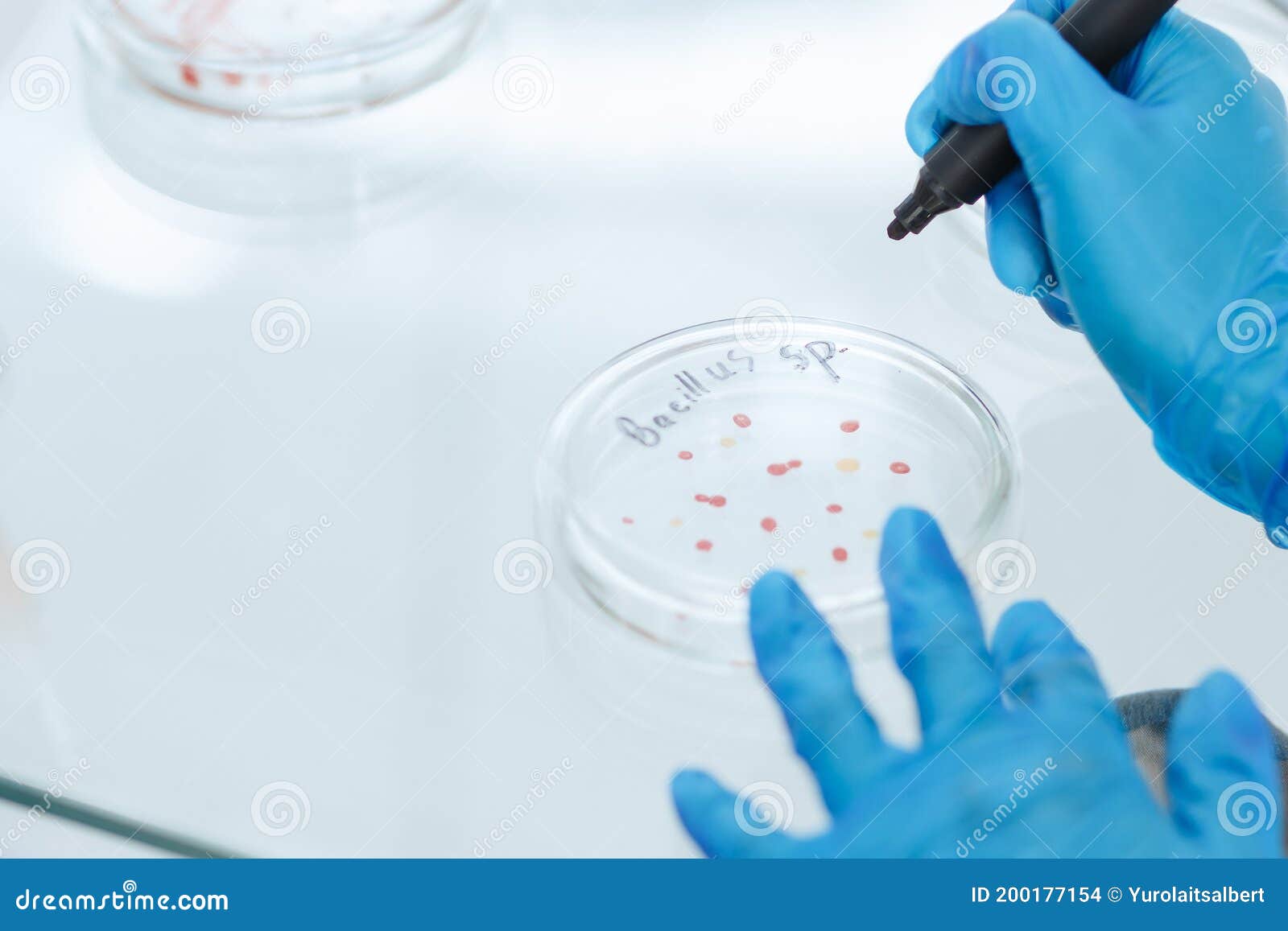
Female Scientist Marking a Petri Dish with a Colony of Bacteria. Stock
In 1928, British bacteriologist Frederick Griffith conducted a series of experiments using Streptococcus pneumoniae bacteria and mice. Griffith wasn't trying to identify the genetic material, but rather, trying to develop a vaccine against pneumonia. In his experiments, Griffith used two related strains of bacteria, known as R and S.
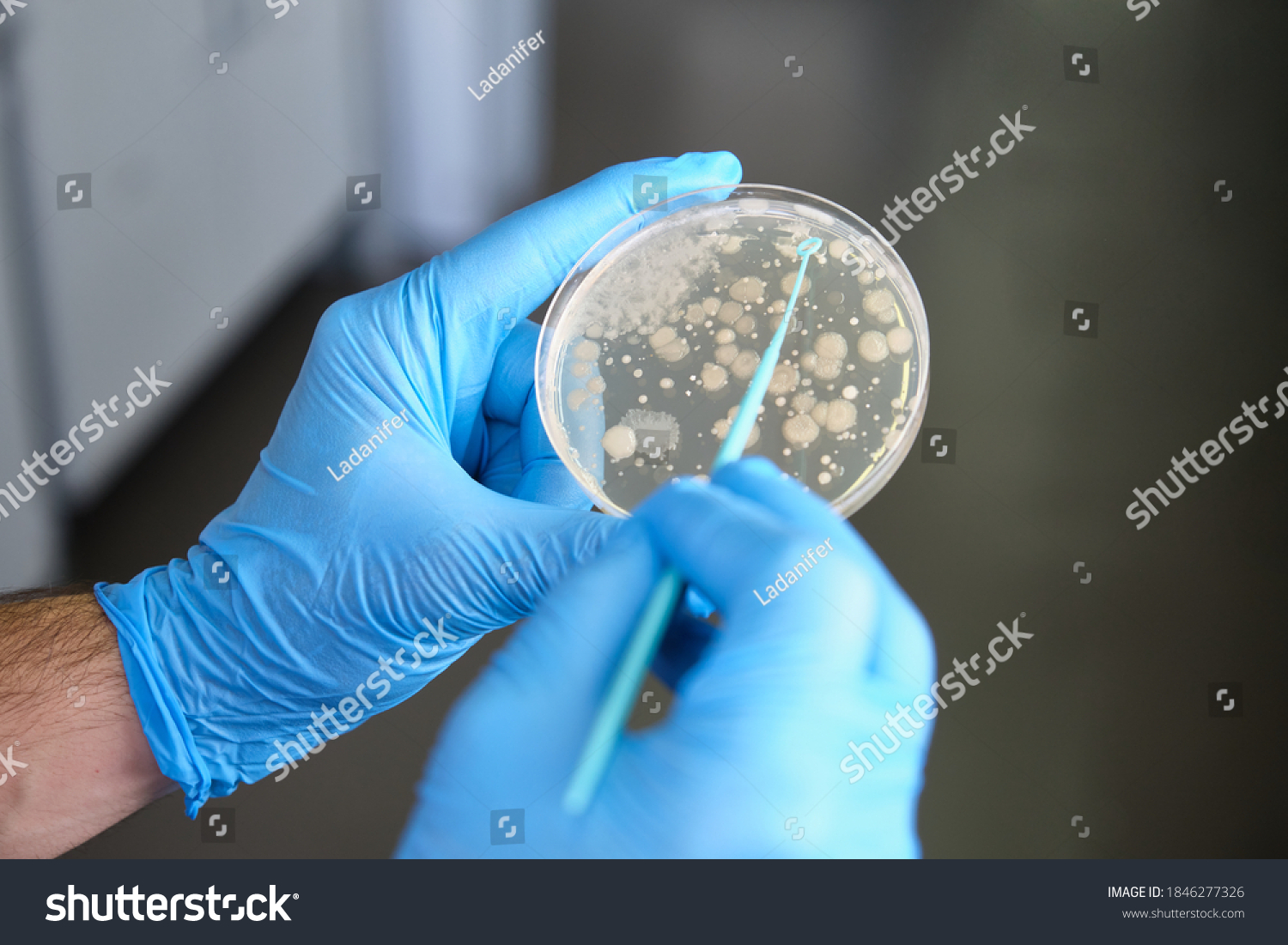
Scientist Hands Holding Petri Dish Bacterial Stock Photo 1846277326
College verified answered • expert verified A scientist creates a colony of bacteria in a dish. This type of bacteria duplicates itself per minute. If at 9am the experiment started with a single cell and at 9:13 the dish was half-full, at what time will the dish be full? Expert-Verified Answer 2 people found it helpful deepakrai138
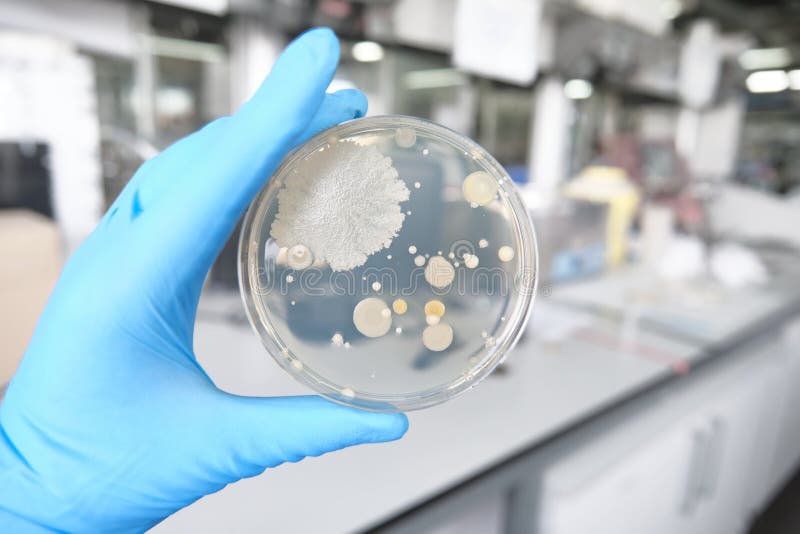
Scientist Hands Holding a Petri Dish with Bacterial Colonies Stock
· June 5, 2020 · 5 min read Since 2014, the American Society for Microbiology has hosted Agar Art, an annual competition accepting submissions by petri dish rather than canvas. Every year, scientists and artists together embark on a quest to create paintings with a rather unorthodox material: microbes.

Petri dish bacterial cultures, picking colony Stock Image M874/0410
The researchers presented this new description of how bacterial colonies grow in three dimensions in a paper published Oct. 18 in the Proceedings of the National Academy of Sciences.
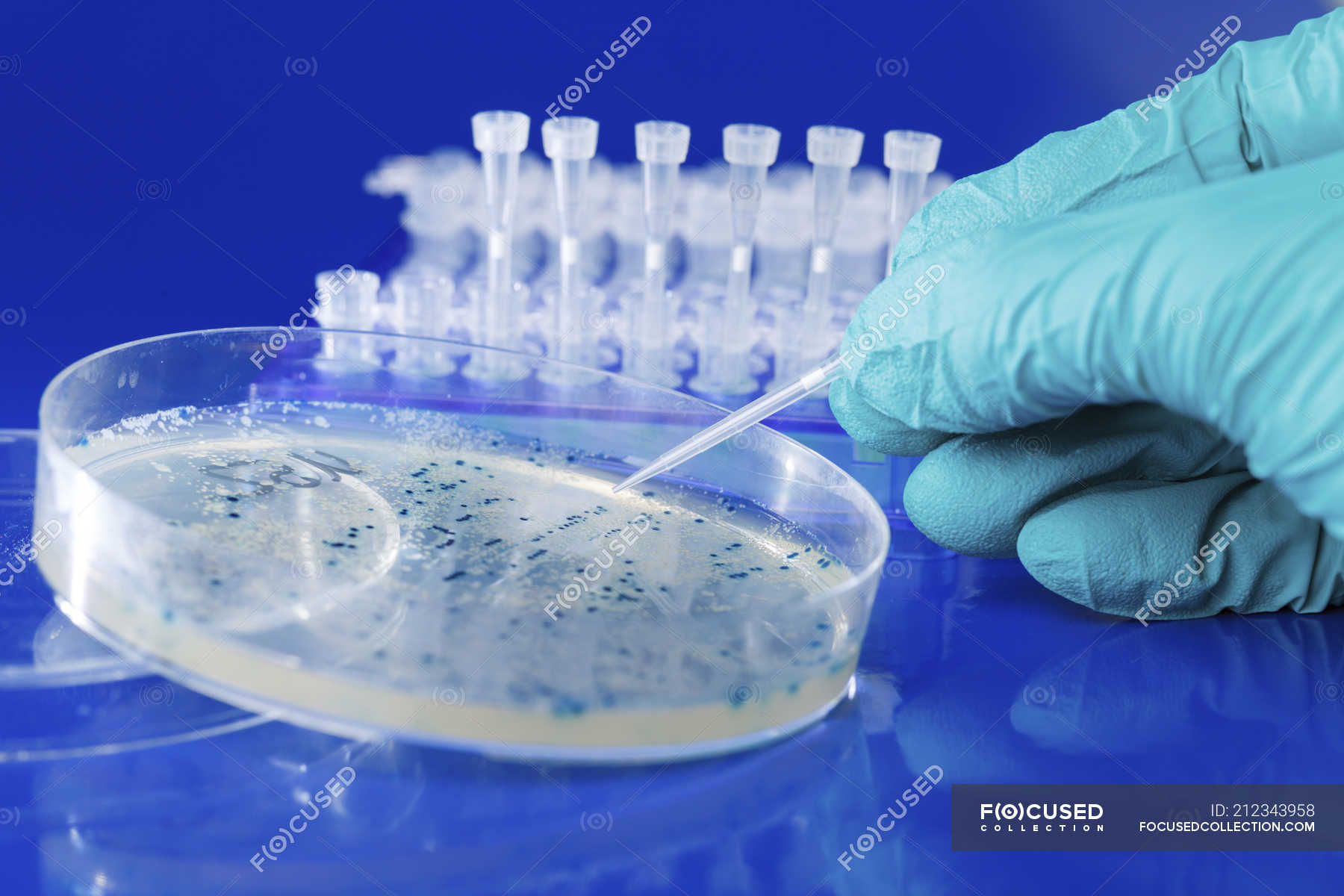
Scientist sampling bacteria colonies growing in Petri dish
09/06/2023 Biology High School answer answered A scientist creates a colony of bacteria in a dish. This type of bacteria duplicates itself per minute. If at 9 am the experiment started with a single cell and at 9:13 the dish was half-full, at what time will the dish be full? Option 1: 9:26 am Option 2: 9:27 am Option 3: 9:28 am Option 4: 9:29 am
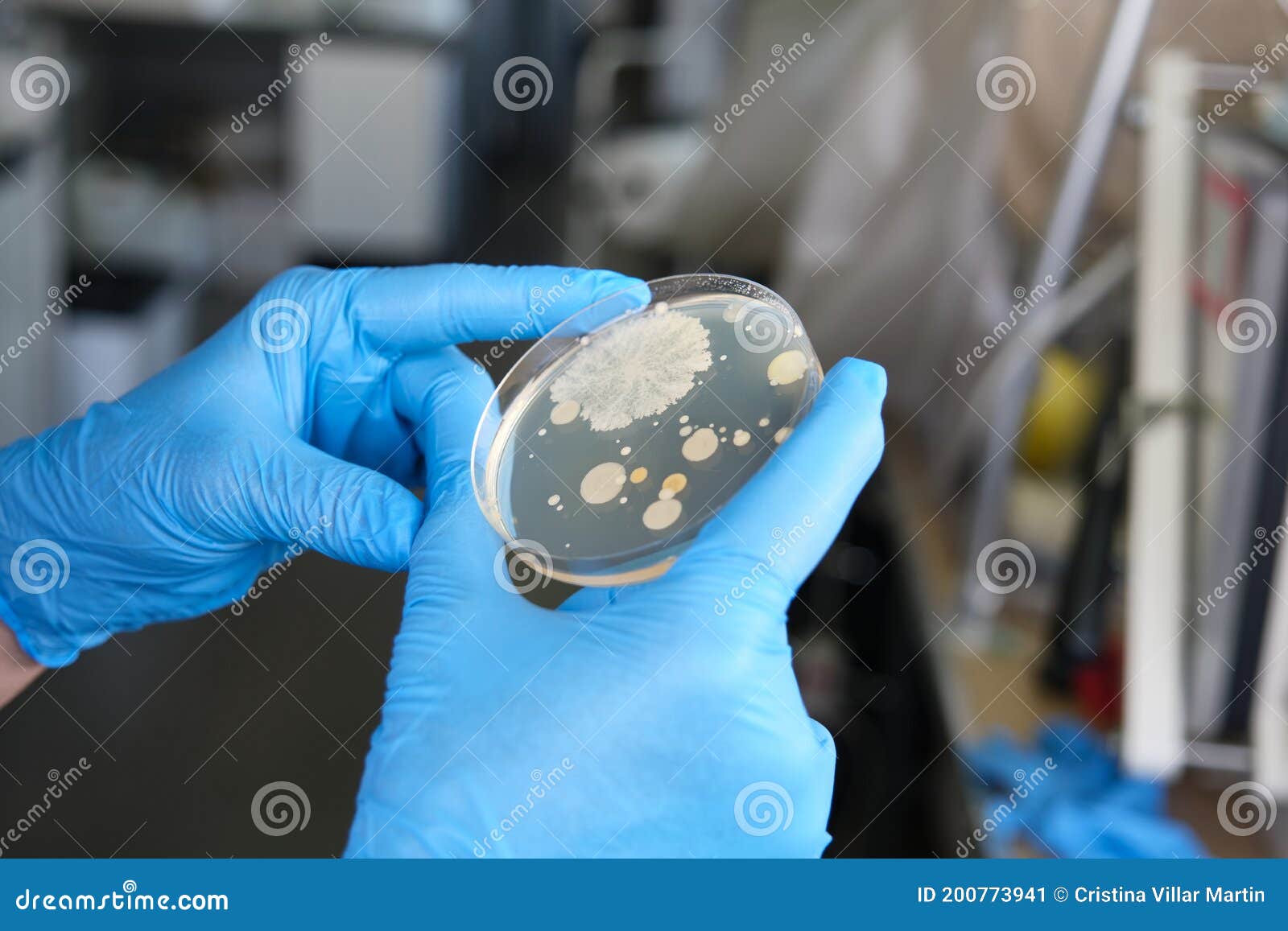
Scientist Hands Holding a Petri Dish with Bacterial Colonies Stock
Datta said two factors seemed to cause the broccoli-shaped growth on a colony's surface. First, bacteria with access to high levels of nutrients or oxygen will grow and reproduce faster than ones.
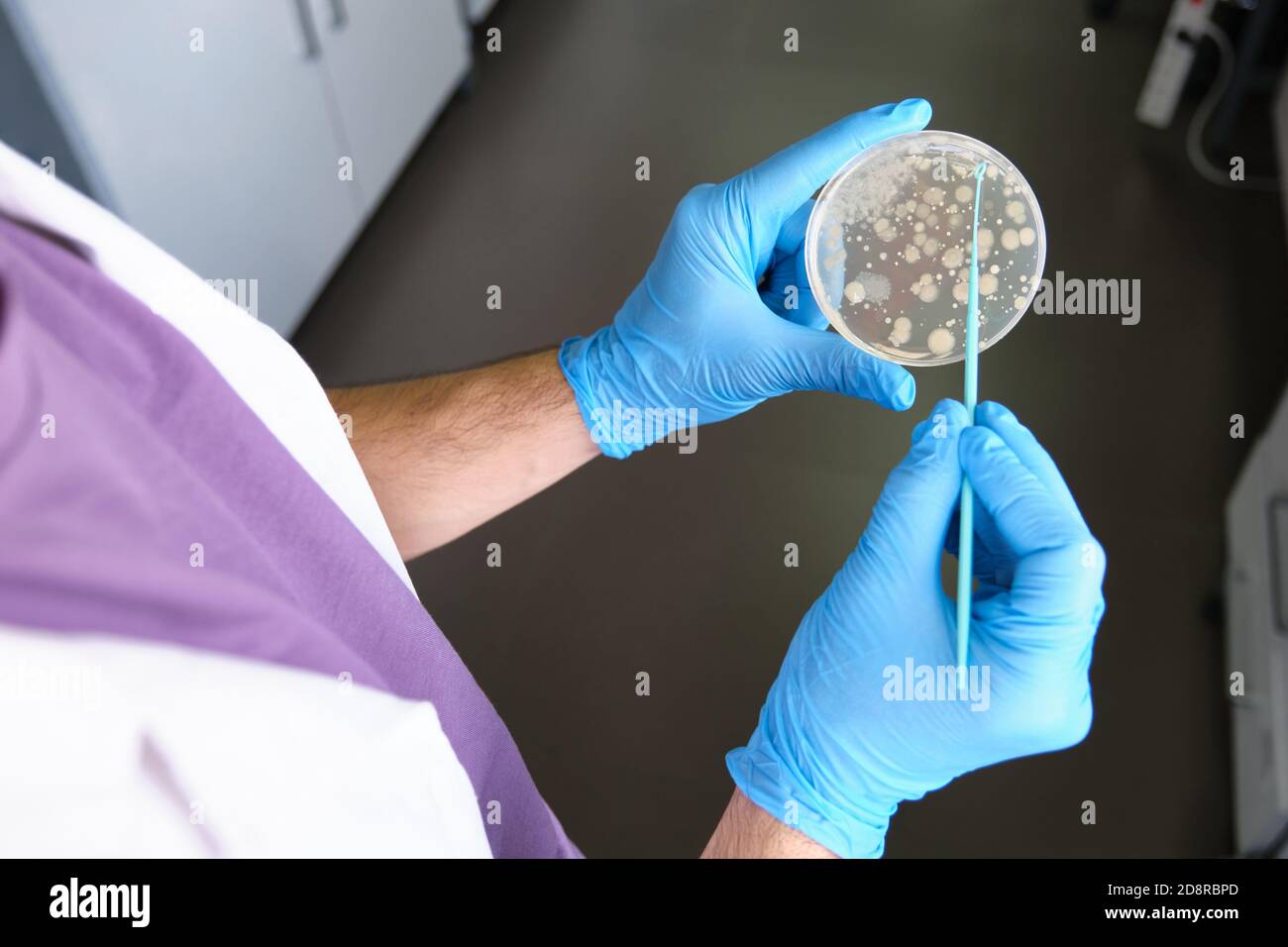
Scientist holding a petri dish with bacterial colonies analyzing
At 9:00 am, there is 1 cell, and at 9:13 am, the dish is half-full, which means there are 2^(13-9) = 2^4 = 16 cells. So, it took 4 minutes for the dish to go from 1 cell to 16 cells. If the dish is half-full at 4 minutes, it will be completely full at the next minute. Therefore, the dish will be full at 9:13 am + 4 minutes = 9:17 am.
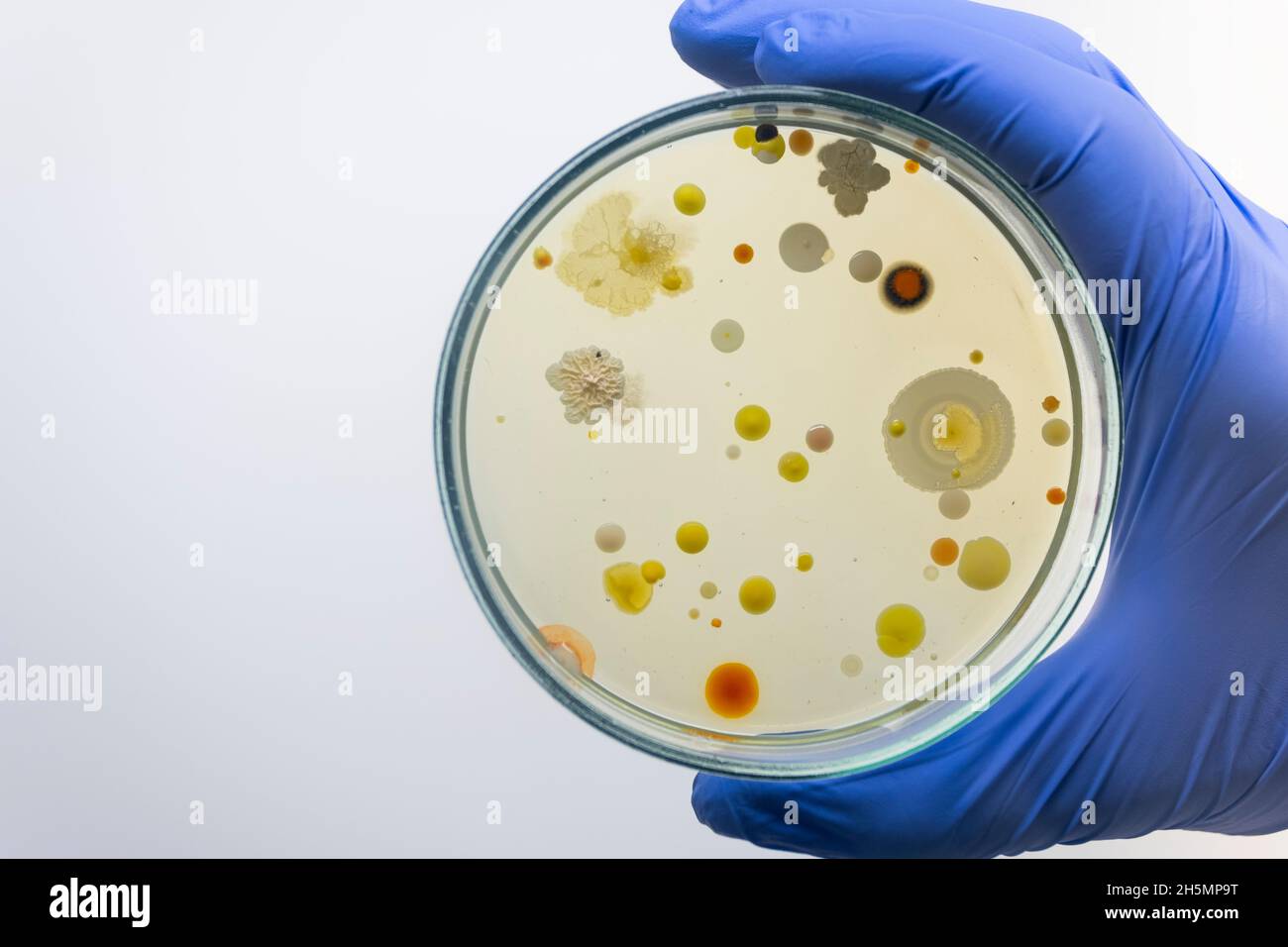
Closeup, a scientist holds in his hand a Petri dish with different
July 11, 2010. Well before his discovery of penicillin, Alexander Fleming was a member of the Chelsea Arts Club. Less well known is that he also painted with living organisms. Corbis. Even to.